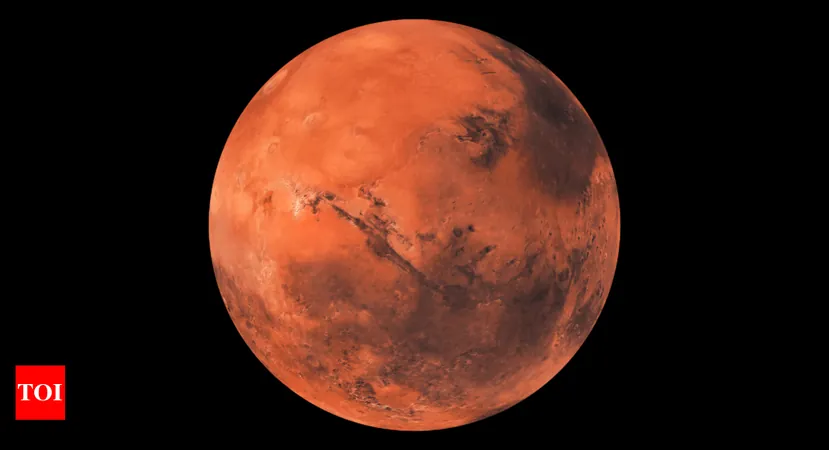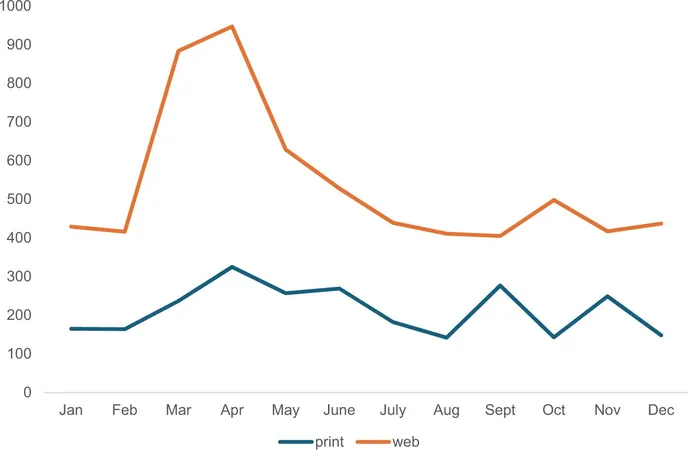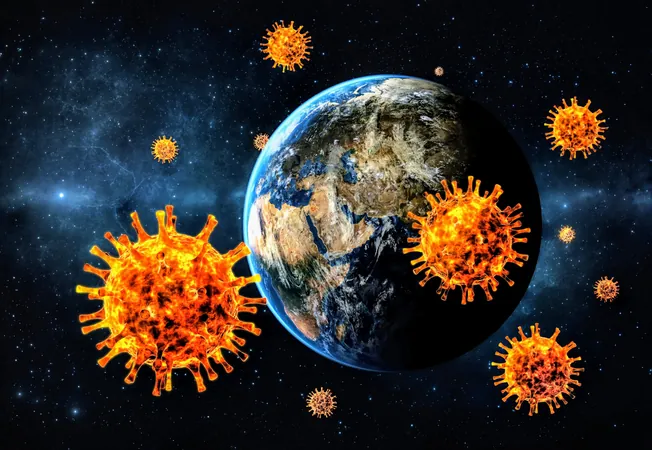
Did NASA’s Viking Lander Unwittingly Erase Evidence of Life on Mars?
2024-11-18
Author: Sarah
Introduction
In 1975, NASA's Viking 1 spacecraft made history by entering orbit around Mars, leading the charge in the quest to uncover potential signs of life on the red planet. The mission included two landers that were tasked with searching for microbial life, but the results were not as definitive as hoped. Initial tests showed signs that could indicate microbial activity, but these findings were quickly labeled inconclusive.
The Unintended Consequence of Viking 1
Astrobiologist Dirk Schulze-Makuch from the Technische Universitaet Berlin has stirred the scientific community by suggesting that Viking 1 may have inadvertently destroyed Martian microbes during its experiments. The mission involved adding water to Martian soil samples, and Schulze-Makuch proposes that this water could have been lethal to any sensitive microbial life that existed in the soil.
Questioning the Viking Results
The Viking mission consisted of extensive testing over several years, employing the same methods used on Earth to detect life. The key belief driving these tests was that like Earth, Martian life would require liquid water. As the landers analyzed soil samples, they found indicators that suggested the presence of microbial activity. However, many scientists dismissed these results as false positives, speculating that the signs were too ambiguous to be credible.
Lessons from Earth’s Extremophiles
Schulze-Makuch's commentary, published in the prestigious journal "Nature Astronomy," draws fascinating parallels between Mars and Earth's Atacama Desert, one of the driest places on the planet. He highlights that microbes in Atacama survive by absorbing moisture from atmospheric salts, yet they can be fatal if exposed to excess water. In fact, studies have shown that heavy rain can devastate up to 80% of native bacteria in the Atacama.
The Fragility of Martian Life
This leads to a provocative possibility: Martian microbes, if they exist, might be even more water-sensitive than their earthly counterparts. Schulze-Makuch raises a critical question: What if even a tiny amount of water from Viking's tests could have obliterated any fragile Martian life forms? If this hypothesis holds water—pun intended—it fundamentally challenges our understanding of where and how we search for life beyond Earth.
Future Directions in Mars Exploration
Going forward, Schulze-Makuch urges scientists to employ alternative methods for life detection that don't involve adding water, thereby minimizing the risk to any existing Martian microbes. With renewed interest in the potential for life on Mars, future missions could refine their approaches by learning from the Viking 1 experience to avoid repeating past mistakes.
Conclusion
So, could it be that the very mission designed to discover extraterrestrial life may have accidentally stamped it out? Future Martian exploration will hopefully unveil the truth behind this tantalizing enigma. Stay tuned as we continue to follow this captivating saga!


 Brasil (PT)
Brasil (PT)
 Canada (EN)
Canada (EN)
 Chile (ES)
Chile (ES)
 España (ES)
España (ES)
 France (FR)
France (FR)
 Hong Kong (EN)
Hong Kong (EN)
 Italia (IT)
Italia (IT)
 日本 (JA)
日本 (JA)
 Magyarország (HU)
Magyarország (HU)
 Norge (NO)
Norge (NO)
 Polska (PL)
Polska (PL)
 Schweiz (DE)
Schweiz (DE)
 Singapore (EN)
Singapore (EN)
 Sverige (SV)
Sverige (SV)
 Suomi (FI)
Suomi (FI)
 Türkiye (TR)
Türkiye (TR)